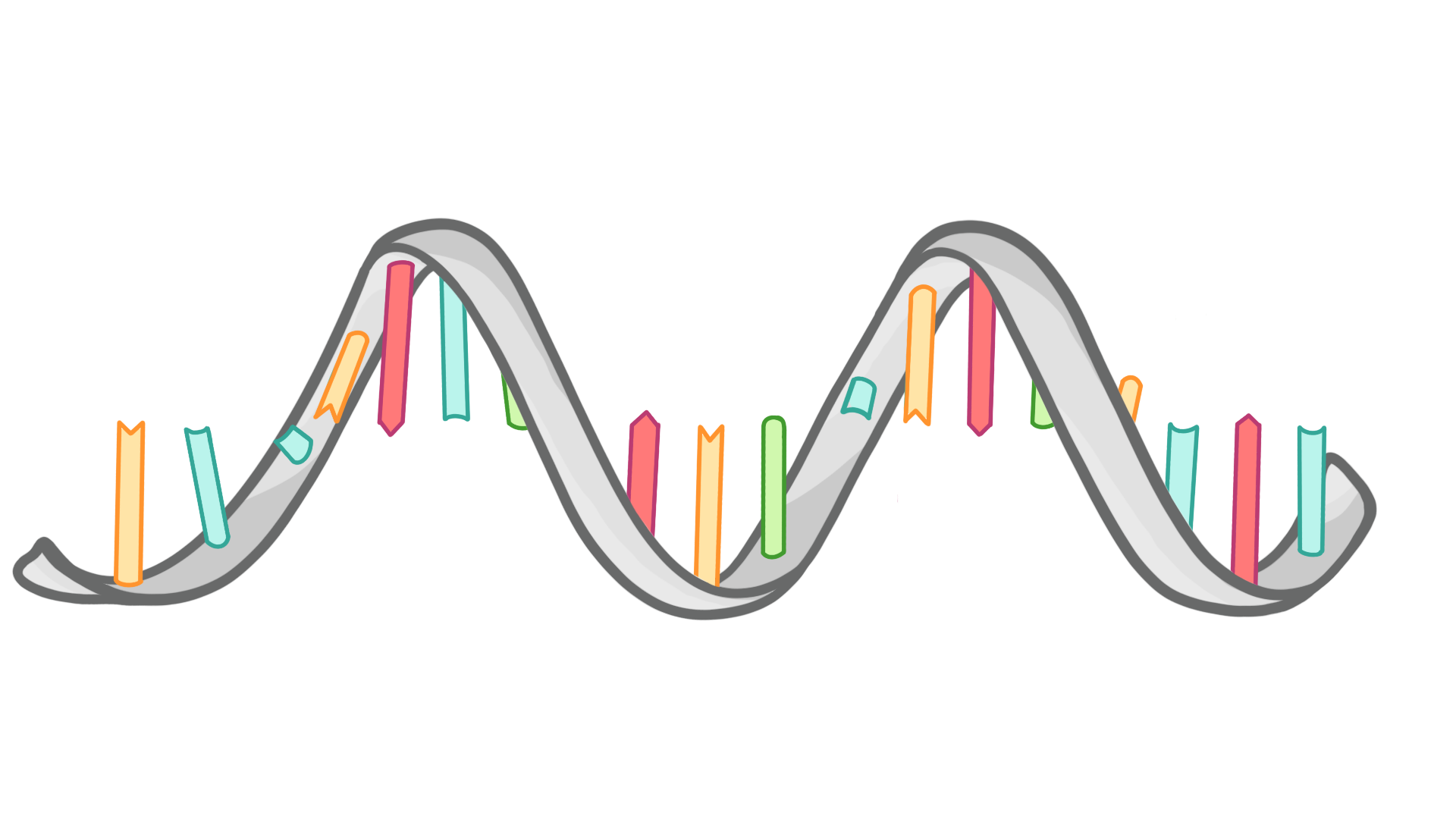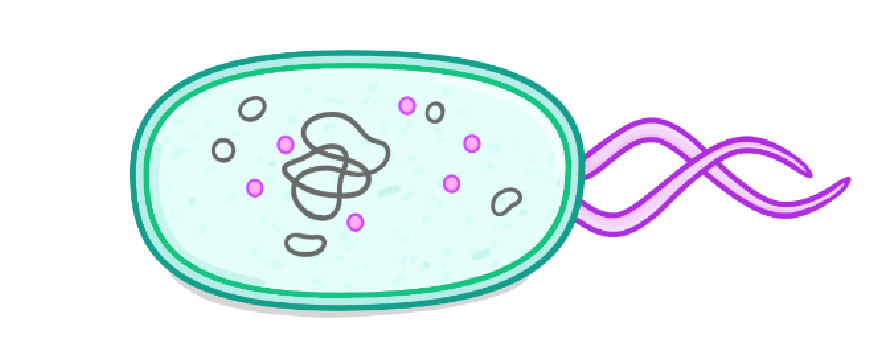Genetic Engineering/Modification
This lesson covers:
- What 'genetic engineering' is & why it's done
- What 'gene therapy' is
- The pros and cons of genetic engineering
- The steps of genetic engineering
What is genetic engineering?
The changing of the gene pool by only breeding together individuals with the most favourable traits
The transfer of a piece of DNA from one organism to another organism
The deletion of a gene from an organism
|

What is another name for genetic engineering?
Genetic modification
Genetic mutation
Genetic changing
|
Genetic engineering can only be done between two organisms of the same species.
True
False
|
Sheep have been genetically engineered to produce drugs in their .
|
Which of the following has been genetically engineered to produce human insulin?
Bacteria
Humans
Viruses
|
Give three traits that could have been altered by genetic engineering in crops.
|
What are the drawbacks of genetic engineering?
(Select all that apply)
There is a small risk that genetically modified food could negatively affect our health
We can create crops with higher levels of vitamins
If the crops breed with wild plants they could spread the new genes and affect the gene pool
|
Steps of genetic engineering for human insulin
plasmid / bacteria / recombinant / restriction / ligase
- Isolate the insulin gene from human DNA using enzymes, forming sticky ends.
- Use the same restriction enzymes to cut open a bacterial , forming complementary sticky ends.
- Insert the the insulin gene into the plasmid using the enzyme DNA , to form a plasmid.
- Insert the recombinant plasmid into the host .
- Let the bacteria divide and then produce the insulin protein.
|

What is the name of the small circles of DNA that are genetically modified in bacteria?
|
Which two enzymes are used during the process of genetic engineering?
DNA helicase
DNA ligase
Protease enzymes
Restriction enzymes
|